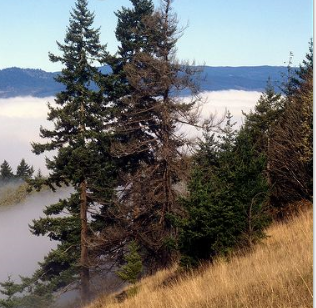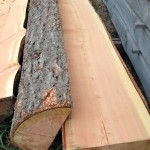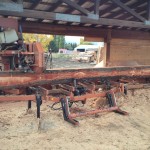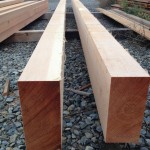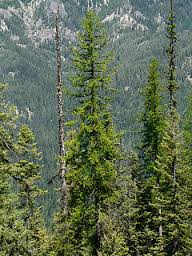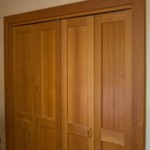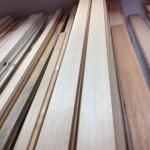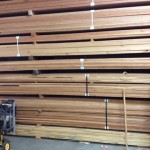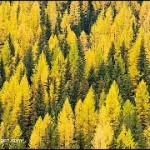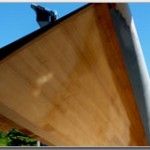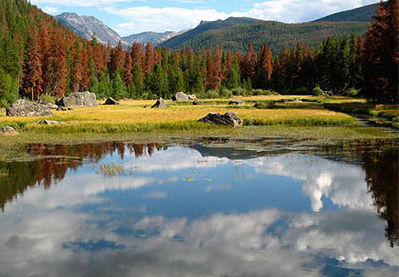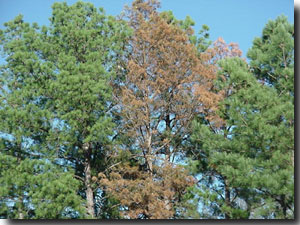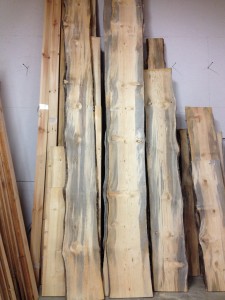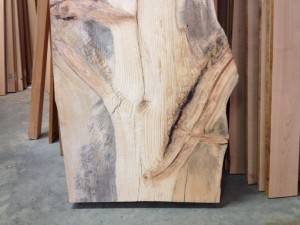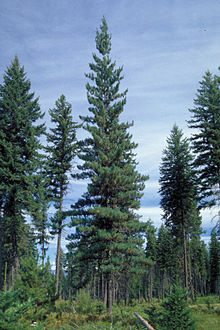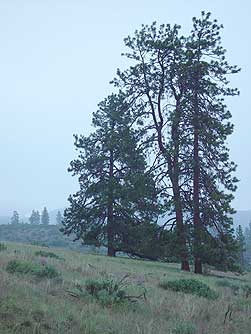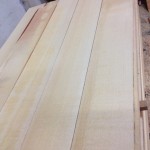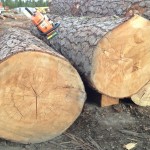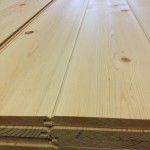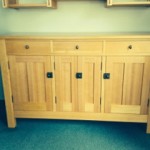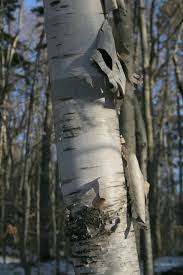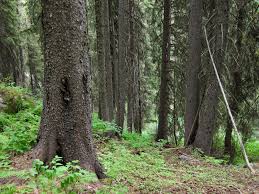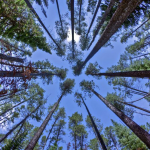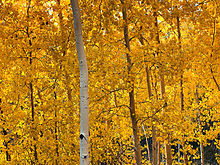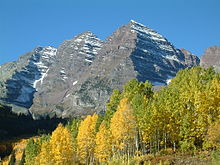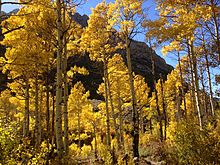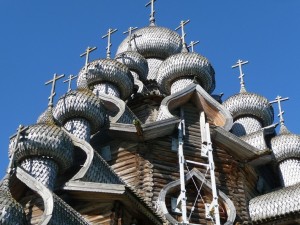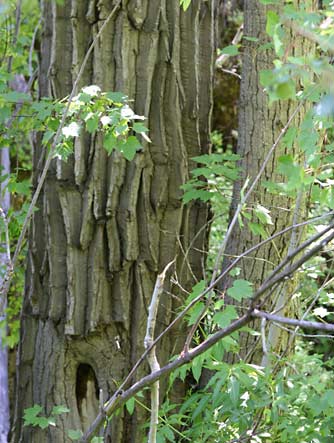Douglas-fir (Pseudotsuga menziesii) also known as Oregon pine or Douglas spruce, is an evergreen conifer species native to western North America. Not actually a true fir, it is closely related to the hemlock tree, which is also native to the Pacific Northwest. We offer both the inland and coastal variaties, which have some small distinctions between them. Widely used as framing lumber, in plywood and engineered products such as glue-lam timbers, BCI joists, etc., Douglas Fir is one of the most important species to the local timber industry. It is commonly grouped with Western Larch in the industry because of the similarities between the two species in strength and appearance.
We have been cutting Douglas-fir timbers for as long as we have been in the business. The wood is blonde or light brown, with slightly darker knots. It is resinous, and needs to have the resin (pitch) “set” in the kiln before being used in interior applications. Its clear grades have been used for many years already in ship building and for flooring. Vertical grain or quarter-sawn lumber has a timeless beauty, and has held high respect in the international market for decades.

